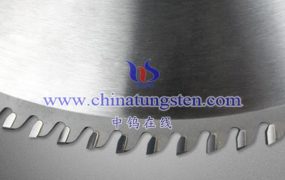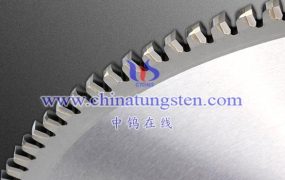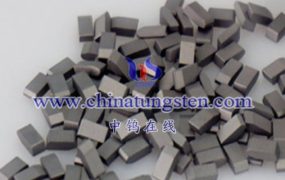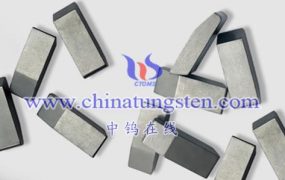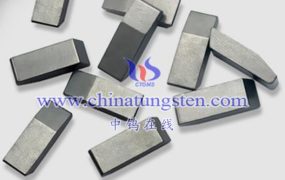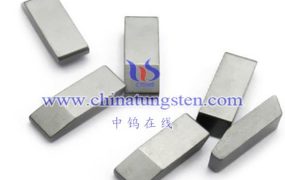(1) Tool material
Carbide is the most widely used tool material and can be used to make turning tools, milling cutters, planers, drill bits, etc. Among them, tungsten-cobalt carbide is suitable for short chip processing of ferrous metals and non-ferrous metals and processing of non-metallic materials, such as cast iron, cast brass, bakelite, etc.; tungsten-titanium-cobalt carbide is suitable for long-chip processing of ferrous metals such as steel. Chip processing. Among similar alloys, those with more cobalt content are suitable for rough machining, while those with less cobalt content are suitable for finishing. The processing life of general-purpose carbide for difficult-to-machine materials such as stainless steel is much longer than that of other carbide.
(2) Mold material
Carbide is mainly used as cold drawing dies, cold punching dies, cold extrusion dies, cold pier dies and other cold work dies. Under the wear-resistant working conditions of bearing impact or strong impact, the commonality of cemented carbide cold heading dies is that the cemented carbide is required to have good impact toughness, fracture toughness, fatigue strength, bending strength and good wear resistance. Usually, medium and high cobalt and medium and coarse grain alloy grades are selected, such as YG15C. Generally speaking, the relationship between the wear resistance and toughness of cemented carbide is contradictory: an increase in wear resistance will lead to a decrease in toughness, and an increase in toughness will inevitably lead to a decrease in wear resistance. Therefore, when selecting alloy grades, it is necessary to meet specific usage requirements based on the processing objects and processing working conditions. If the selected grade is prone to early cracking and damage during use, you should choose a grade with higher toughness; if the selected grade is prone to early wear and damage during use, you should choose a grade with higher hardness and better wear resistance. . The following grades: YG15C, YG18C, YG20C, YL60, YG22C, YG25C from left to right, the hardness decreases, the wear resistance decreases, and the toughness increases; on the contrary, the opposite is true.
(3) Measuring tools and wear-resistant parts
Carbide is used for wear-resistant surface inlays and parts of measuring tools, grinder precision bearings, centerless grinder guide plates and guide rods, lathe tops and other wear-resistant parts.
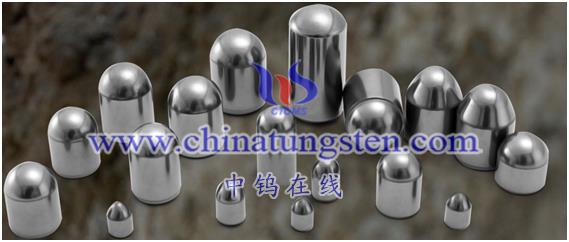
More details of tungsten carbide product, please visit website: http://tungsten-carbide.com.cn/
Please contact CHINATUNGSTEN for inquiry and order of tungsten carbide:
Email: sales@chinatungsten.com
Tel.: 86 592 5129595
